Advertisement
"The sound and music are 50% of the entertainment in a movie." -- George Lucas
The success of Star Wars owes as much to visual storytelling as it does to its music. The film scores from John Williams are iconic, and he's our modern-day Mozart. His music awakens our emotions beyond the images on the screen. Without that music, the connection from film to audience is lost. His impact was absolutely vital to the stories of Star Wars and the music remains masterpieces to this day.
The total impact of Williams' music on cinema and our world are too numerous to compile here but for Star Wars, his use of leitmotif in the score attached characters, ideas, actions, and images to phrases of notes that burned in our hearts as well as our minds. The movie experience was made complete by the combination of sights and sounds in his ethereal sweeping symphonies. Not enough can be said about what a treasure John Williams is and has been to us and to entertainment for the last 50-plus years.
In considering his legacy, I want to point out just five selections from the Star Wars movies that I feel are more than noteworthy. Without linking or embedding the tracks here to avoid copyright issues, I will try to describe the moments when they appear so you can turn on Disney+ and catch them again for yourselves.
Binary Sunset
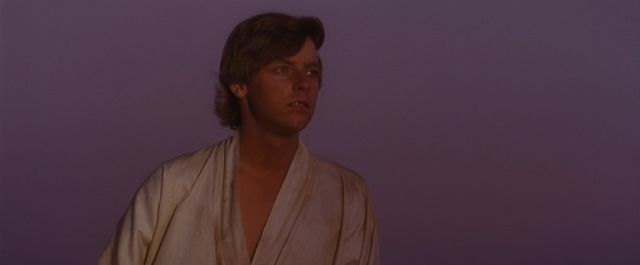
With no dialog, we feel the same yearning as Luke, as he longs for a life of purpose. © Lucasfilm.
Let me start with what's probably the most iconic musical moment from all of Star Wars. In the original film, Luke takes a moment alone and gazes upon the two setting suns of his home planet, Tatooine. He knows he's destined for greater things than farm life. We know he's our hero-to-be. But he's not there yet because he's trapped in a mundane life. His friends are gone, he doesn't live with his birth parents, and he's in the middle of nowhere. The music swells with one of the primary motifs of John Williams's score. There is no dialog and we don't hear any narration of Luke's inner thoughts. The moment is visceral, visual, and all emotion.
We connect to this moment profoundly because all of us at some point yearn for a better life but we don't see a way, or maybe we missed our chance. What is Luke truly thinking about? What are we thinking about? In a way, the moment is abstract, too. It's almost a curious moment where we're not quite sure what lies ahead for Luke or for us. The music, though, is the link; without it, we would not connect in the same way, or at all.
[Where to hear "Binary Sunset": Episode IV: A New Hope, about 25 minutes in.]
The Cantina

The music of the Cantina answers the question, "What would an alien lounge song sound like?" © Lucasfilm.
What made the music of the Cantina so amazing when Star Wars debuted in 1977, wasn't so much the tune itself or the beat, but the fact that it existed at all. Out there in some other galaxy, surely there would be music. When Steven Spielberg's Close Encounters of the Third Kind was released later that same year, humans and aliens connected through music. Music is the universal language. But in Star Wars, we're presented with worlds that are more like our own, just skewed a little. Audiences loved this scene because it reminded them of Earthen bars and hangouts with live bands playing in a corner and people from all walks of life have leisure time together over drinks. Except this is on another planet far, far away. Therefore, the joint is full of strange creatures from all types of worlds, and yet, they're just like us. They want to spend leisure time together over drinks, too. It's almost as if we thought, at the time, "Hey, I've been to places like this myself!"
Again, the music connects us to it. We've heard music like this before, in places like this, but it, too, is skewed a little. The sounds are a little odd, the beat is weird, the instruments are sort of like ones we've seen maybe, and the players... well, they don't look like any band we've seen, but they're into it! The instrument sounds are just right because they sound familiar to us whereas in many other sci-fi movies of the era, if there was "alien" music it was usually all blips, bleeps, and pew pews. John Williams doesn't go for weird for the sake of weird. He goes for realism--a pseudo-realism that makes you believe that if you were in this cantina on an alien planet, yeah, this is what it would actually sound like! That verisimilitude is at the heart of the original Star Wars and this Cantina scene is its prime example.
[Where to hear "The Cantina": Episode IV: A New Hope, about 44 minutes in.]
The Imperial March
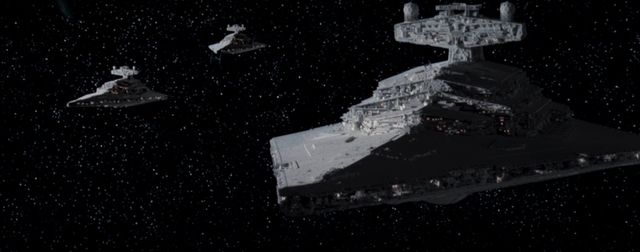
Star Destroyers fly in formation as we first hear the "Imperial March" in THE EMPIRE STRIKES BACK. © Lucasfilm.
Besides the opening theme of the Star Wars movies, "The Imperial March" might be the most popular piece of music from the saga. We first hear it in The Empire Strikes Back as the Star Destroyers of the Empire's fleet (now that they don't have a main station/Death Star anymore) continually patrol the galaxy to stamp out any rebel activity. They aren't completely defeated after the events of the first movie and so we learn here that they are alive and well and are still in power over the galaxy. With the distinct music of the march playing, we get the feeling that they are still very organized and remain ruthless in their grip of power. That was an important point to get across in this movie—that the Empire wasn't destroyed, just their ultimate weapon was. So, without any dialog, we get the feeling here that the Empire means business and they are not to be taken lightly.
The music accompanying the visual of the ever-enlarging starships gets the point across to us. John Williams grounded us in what the Empire is all about here by taking a march that was slightly catchy, but had a foreboding undertone. It's immediately reminiscent of the marches of fascist regimes here in Earth's dark histories. This same march was also used as a leitmotif for Darth Vader himself, who embodied the power-hungry, war-machine ideals of the Empire.
[Where to hear "The Imperial March": Episode V: The Empire Strikes Back, about 19 minutes in.]
Duel of the Fates
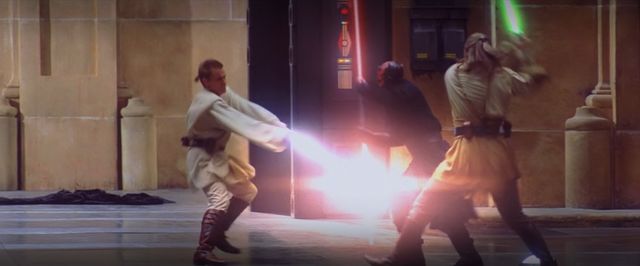
"Duel of the Fates" meant more than just a lightsaber battle in THE PHANTOM MENACE. © Lucasfilm.
Like the Imperial March before it, "Duel of the Fates" let us know that the antagonist meant business. The opening chorus is heard the moment Darth Maul ignights his double-bladed lightsaber--we see that he will not be outmatched just because he's outnumbered. John Williams explored a different style of music than what wev'e heard in Star Wars before with this piece by including choral sounds accompanying the orchestration. We hadn't heard much choral sounds since Return of the Jedi during Luke's final confrontation with Darth Vader. In this scene from The Phantom Menace, Obi-Wan Kenobi and Qui-Gon Jinn must fight against this newly-returned Sith lord in order to protect the Queen and her planet.
The music is as intense as the fight. Once again, there's no dialog during the conflict; it's just the lightsaber sounds and the music. At the time, we thought the music was simply awesome (we still do), but there's more to it. We just have a laser sword fight going on but the music seems to indicate that it's extremely important—more important that just a brawl. The chorus combined with the heart-racing orchestra makes it sound spiritual—like there are heavenly beings watching this from above. It's important that the Jedi stop Darth Maul from capturing, or killing, the Queen... but for what purpose? To sign a treaty of occupation for trade? That doesn't sound galaxy-shattering. But in the context of the saga, a lot more was at stake in this fight than just a treaty. The title, "Duel of the Fates," is the clue. It seems to indicate that while there are three combatants in this fight, there are two forces at odds here; hence, why the word "duel" in the title—meaning combat between two opponents—instead of recognizing the three characters involved.
The two forces are the light and the dark, good versus evil, Jedi versus Sith. And the "fates" part of the title has led many to discern that it means two fates were at odds. After seeing the larger picture of Anakin's story, it is his fate that is being fought over. Whoever wins this duel will be the one to decide Anakin's fate.
[Where to hear "Duel of the Fates": Episode I: The Phantom Menace, about 1 hour and 51 minutes in.]
Rey's Theme (The Scavenger)
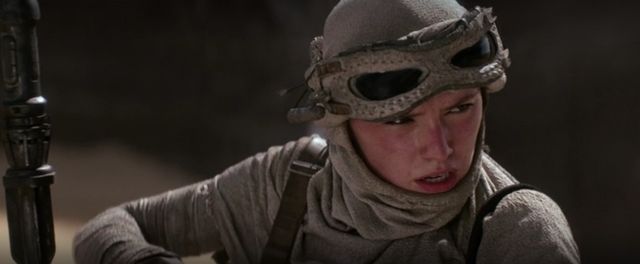
Rey is introduced to us with hopeful music. © Lucasfilm/Disney.
In the sequel trilogy, John Williams returned to score the movies and provided the best consistency across multiple decades and directors. His work is always his A-game and with The Force Awakens, he gifted us a new soundscape to add to the greater saga. When we are introduced to Rey, we know nothing about her, not even her name. She's a cloaked figure inside the remains of old Imperial ship where she's scavenging for parts. When she emerges from the structure and reveals her face, a gentle note creeps in. In stark contrast to, say, the first appearance of Darth Vader in A New Hope, where there is a declamatory passage of music in a sinister minor key letting us know this is a figure to be feared, the music that comes up for Rey's entrance begins slow and ponderous. As she goes about her daily routine, chords of xylophones and strings present us with the feeling of loneliness (listen in Episode VII: The Force Awakens, about 11 minutes in).
On screen, we have this lone figure, almost a small speck amongst giant ruins in the sands. She is surrounded by ominous symbols of decay and as she speeds across landscapes, not of distand mountains or dunes, but of crashed and damaged starships. The music builds upon the earlier quiet (almost sad) sections and swells with strings that add maybe a little hope. What we gain as an audience is that Rey seems like she doesn't belong here. We're curious about her. The music, particularly this repeated flute pattern, accentuates that curiosity. We want to know more about her and how she ended up here.
Again, all this is done without dialog and so the music is our anchor to the story. What we are supposed to think and feel are guided by the score. It's yet another masterful stroke from Williams to bring us into the story through sound.
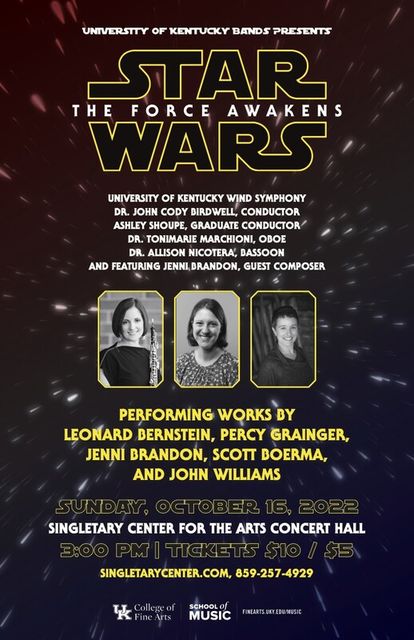
Poster for the University of Kentucky Wind Symphony's fall performance featuring music from Star Wars. UK Fine Arts.
I bring "Rey's Theme" up particularly (and this article) because of a recent performance I attended. The Wind Symphony at the University of Kentucky (near to me) presented an evening of music that included pieces from The Force Awakens. The performance included "Rey's Theme" as I hoped it would. The show was excellent and it was a great experience to hear this music live from a talented group of students. I couldn't help but hum the theme to Rey as I left the auditorium and resumed my own life's routines. It goes to show how music, even for a particular movie, in the end, is both universal and ambiguous. But it is also applicable to the lives of people everywhere, even in tiny places like the hills of Kentucky. Furthermore, this piece is of particular joy to its composer.
John Williams said, on Rey's Theme, "Williams told the crowd he would begin work in a few weeks on the much-anticipated "Star Wars: Episode VIII" after seeing an early cut. (Sorry fanboys, Williams said he does not yet know who Rey's parents are.) He said he accepted the invitation from Lucasfilm producer Kathleen Kennedy mainly because he was enchanted by actress Daisy Ridley's portrayal of Rey and does not want another composer scoring her scenes." This is a great example of reality influencing art and most likely vice versa for Daisy Ridley herself.
The soundtracks for the Star Wars movies were often recognized by industry awards. John Willams won the Oscar for Best Original Score for Star Wars (1977) and on top of that, all of the scores for the Original Trilogy movies, as well as those for the Sequel Trilogy, were nominated for Best Original Score. He won many other accolades from other award ceremonies for Star Wars movies and his other soundtracks (Jaws, ET, and Schindler's List won Oscars). His body of work may never be matched in our time.
What are your favorite musical pieces from Star Wars?

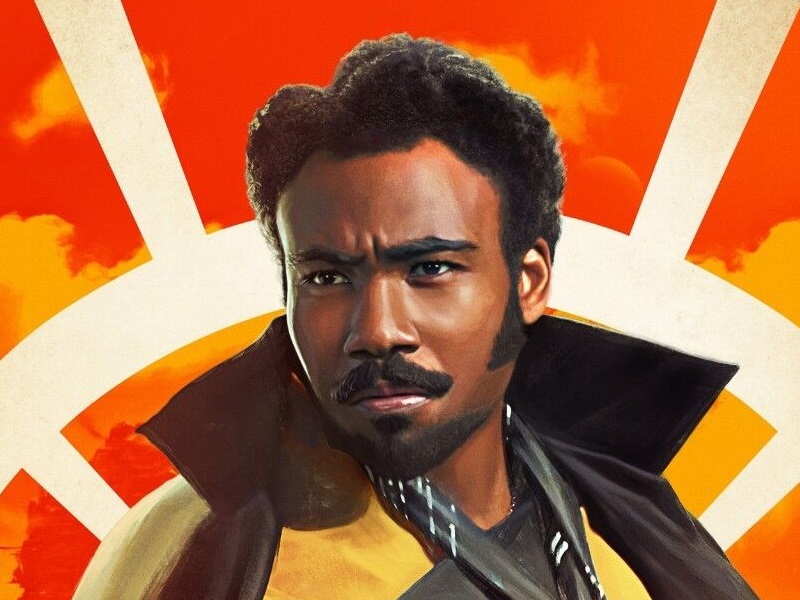
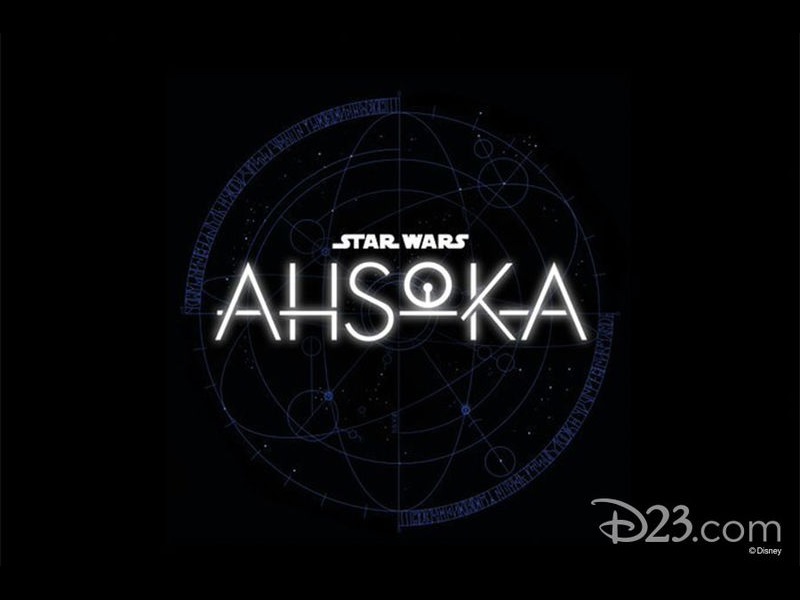

Comments
While all your choices were good, I feel that you left off a few. That's the thing about Star Wars and John Williams...there is just so much music to love.
Battle of the Heroes, from Revenge of the Sith is a great accompaniment for a scene that we waited a long time to see, and it didn't disappoint.
But my favorite musical moment in all of Star Wars is actually from Return of the Jedi, the music that accompanies the fight at the sail barge. When Luke takes to the plank, you hear the tone of the horn, and when Luke does his jump and the familiar heroic theme plays, the whole thing is cinematic magic.
Thank you. I most certainly left off a few--I had to or else I would still be writing.
Battle of the Heroes is tremendous! Yes, I had been waiting for that scene for as long as I could remember and it was epic. That musical track is such a mix of light, dark, and haunting chords. I love it. The opening music after the text crawl, with that heartbeat drum, is great and a perfect mirror to the ending.
Not only is that Sail Barge fight music perfectly suited for our heroes saving the day, but the action sequence itself is one of the best ever! It is such a high point. I also love the Emperor's theme and the music when Luke takes down Vader... it's all so good!
So, perhaps I'll get a chance to write a sequel to this article.